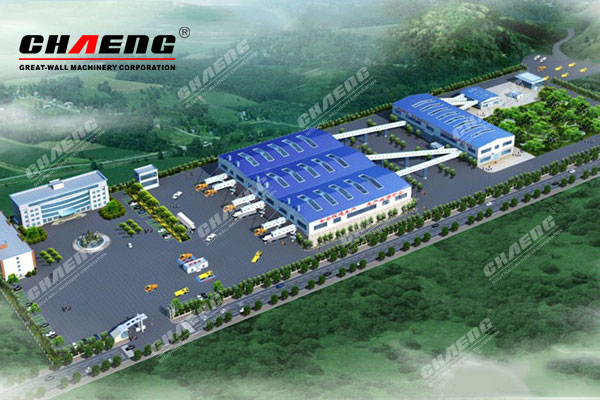21 May,2019 UTC+8 Views:
First, hard rock introduction
Rocks in mining are generally divided into hard rock and soft rock, and the criterion is determined according to the saturated uniaxial compressive strength. More than 60 MPa is hard rock, 30~60 MPa is hard rock, 15~30 MPa is soft rock, 5~15 MPa is soft rock, and less than 5 MPa is very soft rock. For example, granite, diorite, basalt, limestone, marble, sedimentary rock, quartzite, slate, dolomite, limestone, gneiss, etc. are all called hard rock. These hard rock sands have different uses, have a wide application range, and have a very promising future.

Second: Market introduction
The use of cobblestone sand in China is increasing, and the amount of cobblestone sand is increasing. According to the medium and long-term development plan of the national infrastructure construction, the amount of sand and gravel will be increased by more than 10% per year, and the sand made by cobblestone is in it. The proportion is about 60%. The mining of sand and gravel is gradually developing towards scale, production and environmental protection. In addition, in recent years, the government has restricted the exploitation of natural sand and gravel.
Third, environmental protection
The production of aggregates will inevitably have an impact on the environment, and qualified production lines should meet the requirements of zero pollution. Therefore, when selecting equipment for the sand and gravel aggregate production line, the environmental performance of the equipment should be considered. The equipment should be ahead of the society to avoid being forced to stop production and replace the machine in the middle.
Fourth, energy saving issues
The aggregate of sand and gravel must be considered energy-saving. Energy-saving performance is the basic guarantee for maintaining the normal operation of the production line. Energy-saving can maintain the normal operation of mechanical equipment, which can reduce the overall operating cost and enable the overall development of the enterprise to achieve high yield and high efficiency.